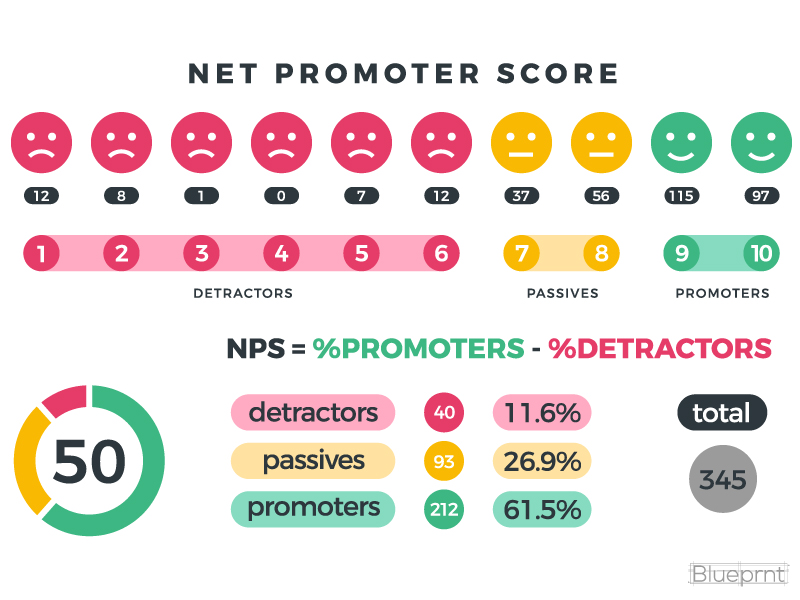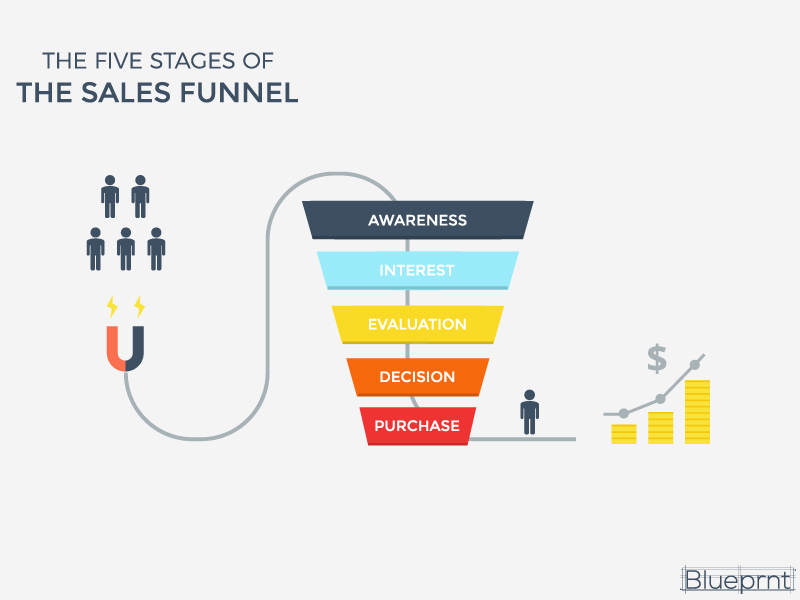
Net Promoter Score – What is it? Why is it important?
Many of the conversations we have with clients revolve around a simple strategy: improve their customer experiences, retain existing customers, and convert these customers into brand evangelists.
The benefits of this conversion can be profound. While the figures vary by industry, the costs of acquiring a new customer can be between five and 25 times more expensive than retaining an existing customer.
Research conducted by Nielsen suggests that word of mouth is still the most influential element directing a consumers purchasing decision. With this in mind, it becomes especially important to identify, grow, and nurture the segment of consumers who are most likely to evangelize the brand.
Are Customers Likely to Evangelize the Brand?
Developed by Fred Reichheld of Bain and Co, the Net Promoter Score is a relationship metric designed specifically to gauge the likelihood that customer will evangelize the brand. Calculating the NPS works as follows:
- Customers are asked the following question: “On a scale of 0 to 10, how likely are you to recommend our (company, product, or service) to someone else?”
- Depending on their response, the customer is grouped into the following categories:
- Promoters – Customers who ranked your brand a 9 or 10 on the scale.
- Passives – Customers who ranked the brand between 7 and 8. These customers are ambivalent towards the brand and are open to switching to a competitors offerings.
- Detractors – Customers who ranked the brand between 6 and 0. These customers have no affinity to the brand and are unlikely to ever purchase again.
- Convert each categories sample size into a percent by dividing by the total sample size. For example, in the example above our sample size is 345 (n = 345), meaning our promoters (212/345) are equal to 61.5%, passives (93/345) are equal to 27%, and our detractors (40/345) are equal to 12%
- Remove the number of Passive customers from the equation by subtracting the percentage of Promoters from the Detractors and multiply by 100. The resulting number will range between -100 and 100. For the example above, the brand’s Net Promoter Score is equal to 50 (ex: (.62-.12)*100 = 50).
How do I interpret my NPS?
While an NPS will vary by industry, an NPS above 0 is considered to be “good”, an NPS above 50 is “excellent”, and an NPS above 70 “class leading”. The Net Promoter Score can be a relatively easy metric to obtain and provides significant insight into the customer’s perception of your brand.


